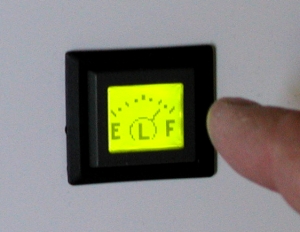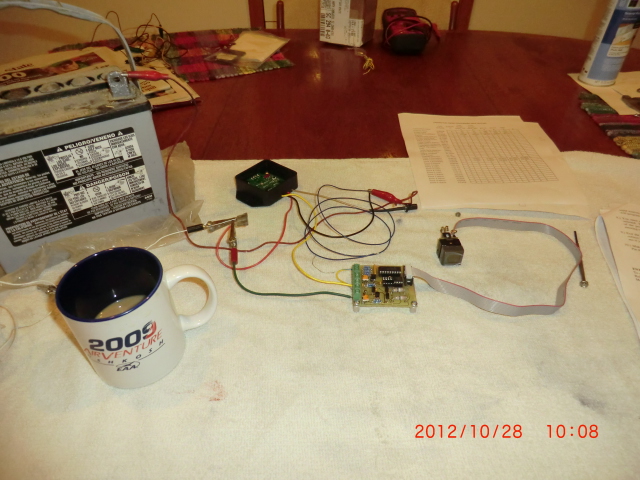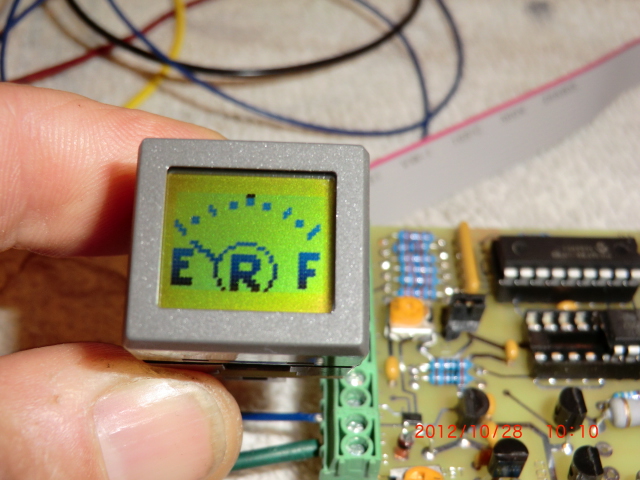Making a perfect bread machine loaf
Every saturday, I have a tradition of making fresh bread and have been doing so for at least 15 or 20 years. I just love waking up to the smell of fresh baked bread on Saturday mornings. I haven’t bought sliced bread at the store in YEARS. It is crazy to think that I purchase this bread maker prior to getting out of the navy in 1977 when I was enlisted. The machine is still working!
Each loaf now comes out PERFECT each and every time.
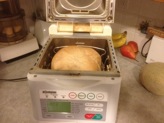
For years I tinkered with hundreds of recipes and combinations of ingredients, , trying everything I could find in the kitchen to experiment with. Garlic bread with oregano, banana bread, soy flour, vegetables, nut bread, seeds, yogurt, sour cream, raisin brand, oat meal, you name it and I have tired it.
I finally figure out what it takes to make a terrific loaf of bread. It is part regular flour and whole wheat flour, has a nice firm texture and is constant dense firmness top to bottom.
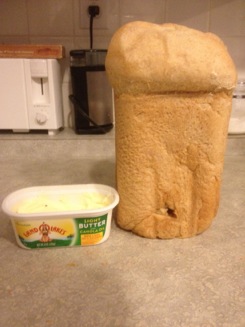
The Perfect Bread Recipe
You need to layer the ingredients so if you use a timer the yeast does not activate. Put the ingredients in the pan in this order.
1/2 tsp salt
1 TBS sugar
1 tsp bread yeast
2 TBS instant cream of wheat
1 level cut of wheat flour
2 level cups of bread flour
Vegetable Oil (approx 1-2 table spoons)
1 1/8 C of water (Exactly)
Set the timer and your are done.
NOTES:
You must BE EXACT on your measurement. This is very important. Bread making is chemistry and your are only making one loaf so if you are off a bit with the ingredients the loaf will not come out perfect.
Here are two critical discoveries I found which impact the loaf quality.
- Cream of wheat for some reason helps improve the texture and density. It has made a world of difference in my results and works much better than gluten additives.
- The amount of water added is crucial successful results. Add one cup and the loaf will be dense and 2” shorter. Add 1 1/4 cut and it will be soft and smash itself against the glass top. WATER is how you control the size and density of the loaf.
- Don’t wash the bread pan. Just wipe it out and reuse. It keeps the non-stick surface working as it should.
Now that your perfect loft is made, eat the delicious first pieces with butter and coffee and store the remainder in a plastic store bag (like a grocery store bag). It is just right for keeping it fresh. The loaf will only keep on the shelf until 3-4 days and then it will need to be refrigerated. If I make my loaf on Saturday, by Wednesday, I’ll have to put it in the frig or it will develop mold.
You might also try the Land Of Lakes Lite Butter with canola oil. It spreads easily right from the frig, and was rated the best butter substitute by Consumer Reports and has a terrific taste.
Hint: Fresh bread is great for sandwiches, refrigerated bread is great for toast.
